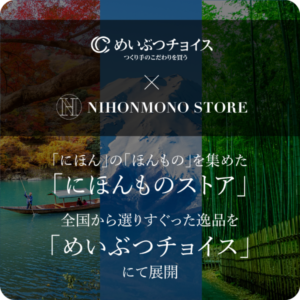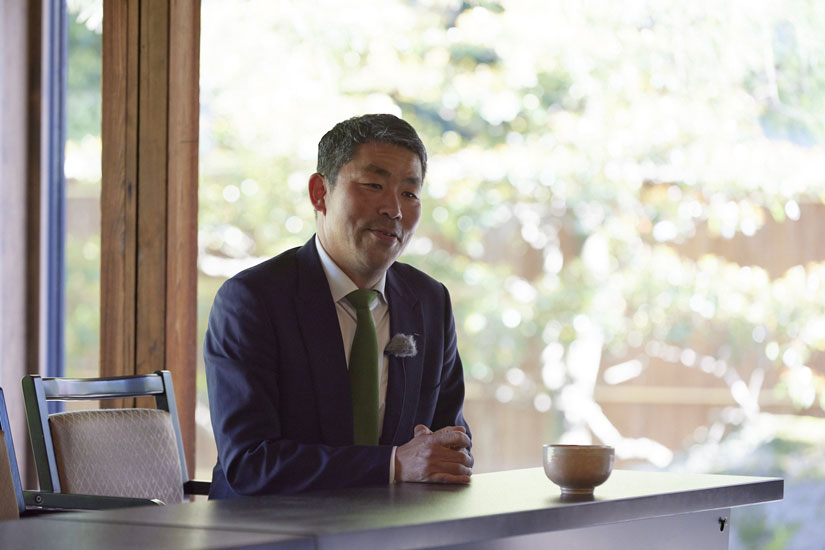Jihei Ogawa was a samurai turned gardener during the Horeki era (1751-1763) of the Edo period. His work in gardens has been passed down from generation to generation as his family business, and he has created many famous gardens, including Murinan Garden and Heian Shrine Garden, both of which are designated national scenic spots. The company’s vision has been passed down for more than 260 years in the form of succession of names, and today Ogawa is the 12th generation of the family to inherit this vision. Even in 2025, Jihei Ogawa continues to create gardens that “bring people and nature together.
The shape of the garden changes with the times, but what remains the same
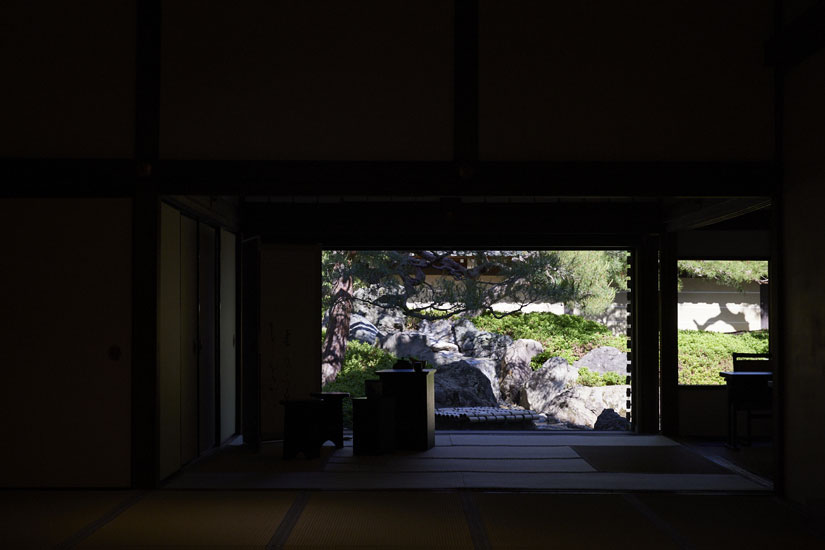
The color of the sky, plants swaying in the wind, and mountains in the distance. The presence of nature enriches our lives. In Japan, we have lived in harmony with nature since ancient times. The Asuka Period saw the creation of the oldest Japanese garden, followed by the Heian Period (794-1185) with the pond-centered “Chisen-teien (pond garden),” the Muromachi Period (1333-1573) with the “Karesansui (dry landscape garden),” which expresses mountains and flowing water without using water, and the Azuchi-Momoyama Period (1573-1584) with the “Chanen (tea ceremony garden)” for the tea ceremony room. In every age, people have nurtured their relationship with nature through gardens.
In recent years, the role required of gardens has changed with the westernization of buildings and the diversification of lifestyles. Nevertheless, the garden remains a bridge between people and nature. The Japanese people have a deep-seated respect and faith in nature. Katsusho Ogawa, the twelfth generation of the Ueji family, is rethinking this relationship between people and gardens and creating a better form. Under the motto of “listening to the voice of nature and building a bridge with the people who live there,” he aims to create a place where people can spend their time in peace and tranquility.
The “Jihei Ogawa” spirit passed down from generation to generation
Jihei Ogawa, the founder, was a samurai turned gardener in the middle of the Edo period (1603-1868), and he worked on his garden with a sword at his side. The trade name “Ueji” is a fusion of the “植” of “plant” and the “治” of “Jihei Ogawa,” and is an expression of his pride as a craftsman as well as his name. The trade name “Ueji” has been passed down to his descendants, and the name “Jihei Ogawa” has been passed down from generation to generation by the head of the family. The seventh generation of the family has been active in the garden up to the present day. Unlike conventional gardens, he created a naturalistic garden that made the most of nature itself, attracting many people. By incorporating the Biwako Canal, which had just opened at that time, he created a pond garden as a living landscape. He was commissioned to create gardens for the residence of Aritomo Yamagata (Murinan), who served as the third Prime Minister of Japan, and for the Sumitomo and Mitsui families, as well as for the restoration of historical buildings such as the Kyoto Imperial Garden, Shugakuin Imperial Villa, and Katsura Imperial Villa. Due in part to his influence, Jihei Ogawa has created numerous pond gardens to the present day.
A garden is not finished when it is created; rather, it begins when it is created. In particular, a Japanese garden cannot be described only in terms of the scenery in front of it. They live on a gentle time axis, show a variety of expressions as the seasons change, and speak to us quietly over time.
Ogawa says, “I want to create a garden that will be cherished and nurtured for decades and centuries to come. His straightforward attitude toward his garden, akin to the samurai spirit of “loyalty to one’s lord,” is still alive today.
Cherishing the Roots of the Garden and Leading the Next Generation
The name “Jihei Ogawa” has been passed down for about 250 years. He not only creates new gardens, but is also asked to restore gardens that have been in existence for a long time.
In doing so, Mr. Ogawa places importance on knowing “how he was born and how he has lived his life. Based on that trajectory, he determines how to nurture the garden to make it happy in the future.
Sometimes we nurture a 100-year-old garden into a 101-year-old garden, and sometimes we find a new direction. The gardener’s role is to guide the garden to a form appropriate to the times while preserving its roots.
A garden lives long only when it is loved. Even if it is only one person, if there is someone who cares about it, the garden will surely respond.
The renewed “Fugetsu no Niwa” at Kitano Tenmangu Shrine, inheriting the wishes of the seventh generation, Jihei Ogawa
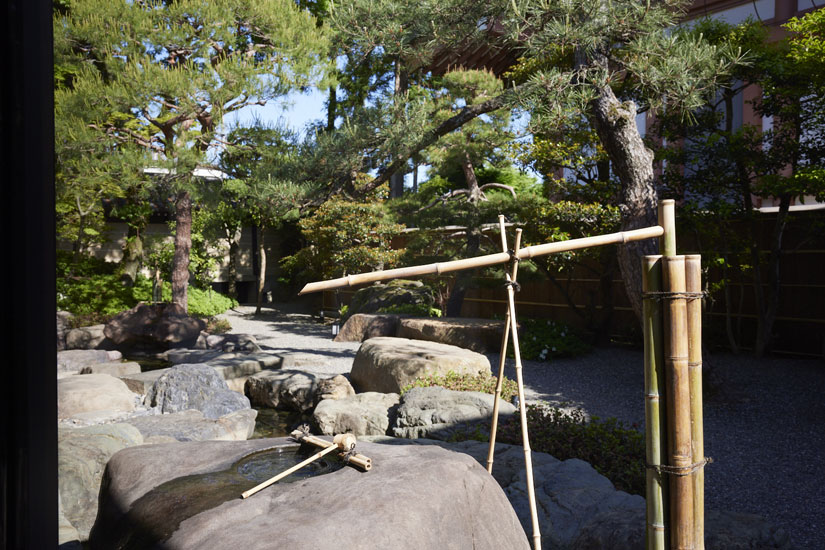
The “Fugetsu no Niwa” garden at Kitano Tenmangu Shrine was created by Jihei Ogawa VII in 1902, in time for the “Thousand Year Grand Mantō Festival. About 120 years later, Mr. Ogawa breathed life into the garden once again.
The Fugetsu-no-niwa (Fugetsu Garden) extends around Fugetsuden in an L-shape. In front of the hall, a waterfall cascades down from a hill and curves around to form a pond. Carp swim in the pond, and as you walk around the garden, you will see various views of the garden as a circular garden. At the end of the waterfall stone arrangement is a “cow statue” associated with Sugawara Michizane, the god of learning, and a row of garden stones that resemble the shape of a cow. The stones are arranged “as if to protect the cow,” and the faith of the people is alive and well in this stone arrangement. While utilizing existing garden stones such as Moriyamaishi (Moriyama stone), which was favored by the seventh generation, and Kibuneishi and Kuramaishi, famous stones in Kyoto, giant stones gathered from various places are used for the new garden, from the waterfall masonry to the revetment. While preserving the foundation laid by the predecessors, the twelfth generation has evolved the garden into a “Fugetsu no Niwa” (garden of the wind and the moon) suited to the modern age.
A garden is a “quiet dialogue” between people and nature, a garden that makes you want to visit again and again.
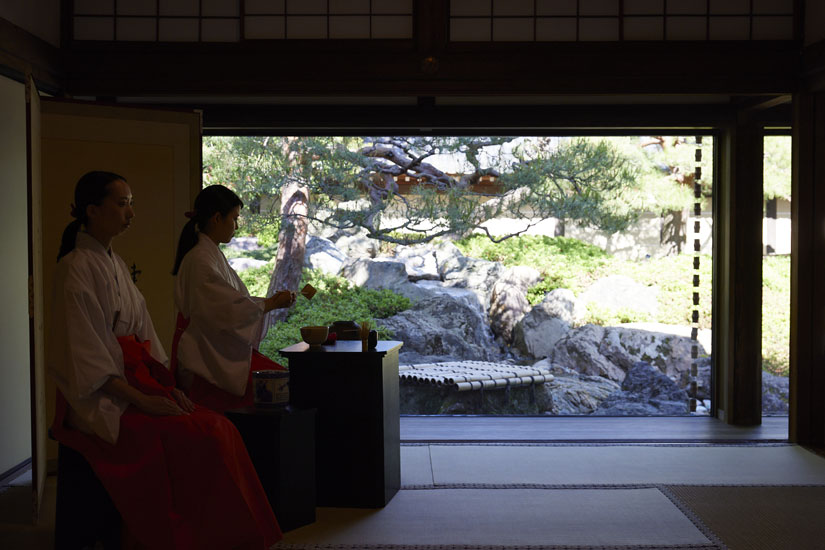
The charm of a garden lies in the fact that when you step into the garden, you see a different view from the one you saw yesterday.
The appearance of the garden changes day by day, as buds sprout and mosses grow. This change is also a time to face nature and oneself. A Japanese garden that makes use of the shape of the land and the plants has not only instantaneous beauty, but also “ephemeral beauty” that oozes out as time passes. It is not something that is completed overnight, but a series of small changes.
I would be happy if, in the course of our daily life, people remember how we talked in the garden, or how beautiful the scenery was that day. Not only in the season of fresh greenery and blooming flowers, but also in its rugged appearance after a harsh winter. The feeling that can only be experienced at that moment is richness.
Facing oneself and spending time more richly
Thinking about nature through the garden is also a way of confronting oneself. Sometimes we feel our own growth, and sometimes we realize our decline, when we see landscapes that are different from those of yesterday. For Japanese people, who have lived their lives in the midst of nature, this is a very natural activity. The future that lies ahead will be gently answered by the “place of dialogue with nature” called a garden.
Positive about the future with a sense of responsibility as a creator
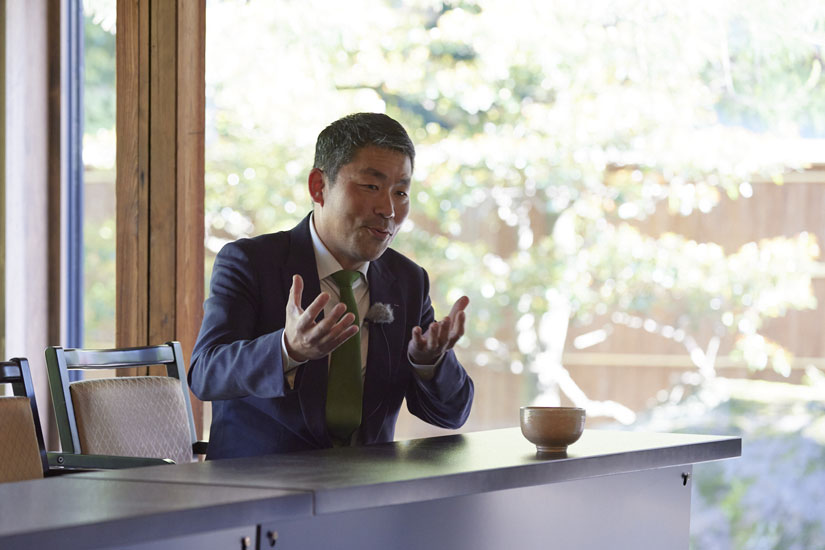
The process of creating a garden involves digging up stones and trees from the mountains, selecting them, and rooting their life into a new place. Where to place them and how to make the best use of them are the moments when the gardener’s skill and sensitivity are tested. Adjustments are made over and over again to ensure that the garden owner can spend a peaceful time in the garden.
When a tree grows, some people are happy about its growth, while others are sad that it covers up the surrounding stones. There is no one right answer, so I try to understand the unspoken feelings of the owner and always search for the best for the garden,” he said.
Sometimes a garden lives on even after the owner has passed away. That is why we have a responsibility to ensure that the stones and trees we install live long and healthy lives. Today, Mr. Ogawa continues his efforts to create a place that will be loved and cherished, so that the garden can continue to be a place where people and nature can coexist in harmony.
